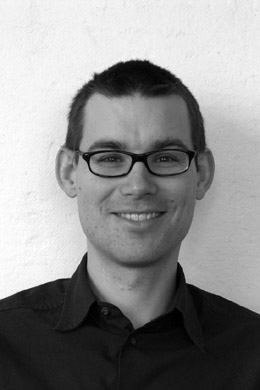 |
—— I graduated in the spring of 2003 and can write about the topics that were discussed in my immediate surroundings and my generation. There was talk about ecology, even though it was said that when it came to sorted waste, the collectors would pour plastics, glass, and paper into the same truck. There was talk about globalization, and the IMF summit in Prague was commented on with irony, along with the activities of leftist radical groups like Ya basta. The music band I was a member of replaced the costume of Sudeten Germans after 9/11 with bearded Taliban. Very cheap flights began to be sold a few times a year.
Do you remember which architectural question you considered important at the time, or what question your diploma thesis posed to you?
—— On one hand, although it sounds stupidly pathetic, the search for truth in architecture. Thinking about design as an ethical problem. What is the truth in the logic and feeling of the design, and what is already a step aside. Fortunately, alongside this extreme perspective, there were plenty of lighter topics. I was interested in the work of Rem Koolhaas and his speculative approach. He boldly tackled topics that did not relate to "grand architecture." For instance, shopping, slums, and work for totalitarian China. What was surprising was that he didn’t ask whether he was allowed to do something or not, but how to respond well to the problem.
At Herzog and de Meuron, I was interested in how the design translates into the exterior face of the house. What else they would use for the facade, what type of grating or other novelty.
As the topic for my diploma thesis, I chose the Great Act in Prague. More than coming up with a perfect new building, I was interested in grappling with an existing problem. I chose the dilapidated stadium at Strahov. The question was relatively simple. To demolish or not to demolish. The answer was already more complicated.
Did any of your teachers significantly influence your view of the field?
—— There were many inspirational meetings with teachers. Humanly and professionally, however, the most striking for me was the meeting with Mrs. Šrámková.
In the first year, we had to design a house for ourselves. The work began with us having to bring a canvas depicting a dream of what life in the house should look like. Among other things, I drew friends with whom I enjoy a drink at the pool table and nudity in the bathtub. Mrs. Šrámková sat facing the door at the table, smoked cigarettes, and spoke softly about dreams on paper. One by one, we spread our ideas, sometimes very intimate, on the table with my classmates. "You don't need a guest room; the house is for living, friends can come to visit and then leave"... During the semester, the ideas turned into floor plans and became a house. That was an experience.
If you think about the "future" architecture school, what feature should it carry (over) from the school you attended?
—— The school should find great teachers, perhaps even from abroad. The rest is not so important.












